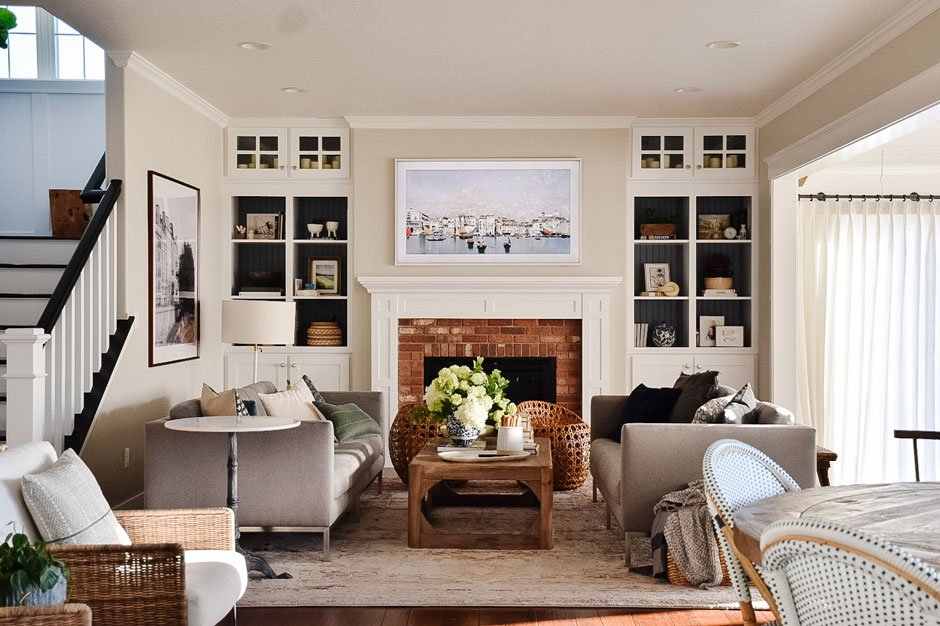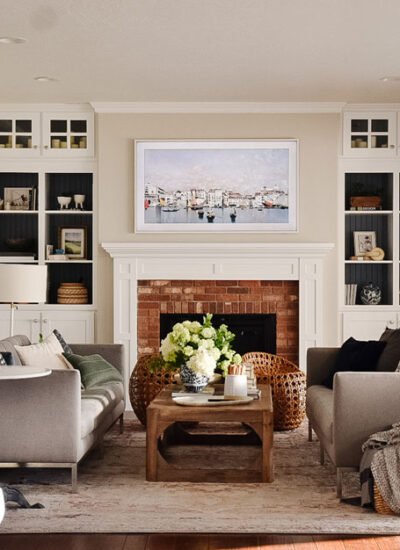 Moving into a new build home brings a sense of excitement and possibility. But it’s also easy to feel overwhelmed by the space, especially when the décor is modern and minimalist by default.
Moving into a new build home brings a sense of excitement and possibility. But it’s also easy to feel overwhelmed by the space, especially when the décor is modern and minimalist by default.
The key is in striking the right balance between functionality and comfort while allowing your creativity to shine.
Breaking up the blank canvas
New homes often come with open-plan layouts and expansive walls that might feel a bit too vast or impersonal at first. The trick is to break up these large spaces by creating smaller, more intimate areas within the room.
You can achieve this by using rugs, furniture arrangements or even decorative screens. For example, placing a sofa with a coffee table can define the living area, while a separate dining table in the adjacent space provides a clear distinction.
Experimenting with lighting tricks
Lighting plays a significant role in transforming a new build home into a cosy haven. While modern properties often come with built-in overhead lights, it’s important to layer your lighting for a softer, more inviting atmosphere.
Consider using table lamps, floor lamps and pendant lights in different areas. Warm-toned bulbs work best to create a homely vibe, as they add a glow that’s far more welcoming than harsh white light.
Choosing furniture that adds character
Look for vintage or statement items that contrast with the clean lines of your home. An antique armchair or a reclaimed wood coffee table can add warmth and texture. Not only does this infuse personality into the room, but it also helps to soften the overall look of the space.
When choosing furniture, focus on items that you love and that reflect your lifestyle, as this will make your home feel more personal and unique.
Softening modern lines with textures and textiles
Soft furnishings like cushions, throws and curtains can transform the atmosphere of a room, giving it a more relaxed and inviting feel. For instance, if your space has a lot of hard surfaces, such as wood floors or glass tables, adding a plush area rug can help soften the edges.
Additionally, velvet or linen curtains can create a luxurious feel, while knit throws on the sofa invite comfort.
Adding built-in storage solutions
Maintaining the minimalist look and keeping your home organised can sometimes be a challenge. One of the best ways to manage clutter while preserving the streamlined feel is to invest in built-in storage solutions. Consider adding bespoke shelving, under-stair storage or integrated wardrobes.
Bringing in colour without overwhelming
Incorporating colour can add personality and energy to the home, but it’s important not to go overboard. You don’t have to paint every wall a bold shade. Instead, introduce colour through accessories like cushions, vases or artwork. If you want to make a statement, consider one accent wall or a colourful piece of furniture, such as a bright armchair or an upholstered ottoman.





Leave a Reply